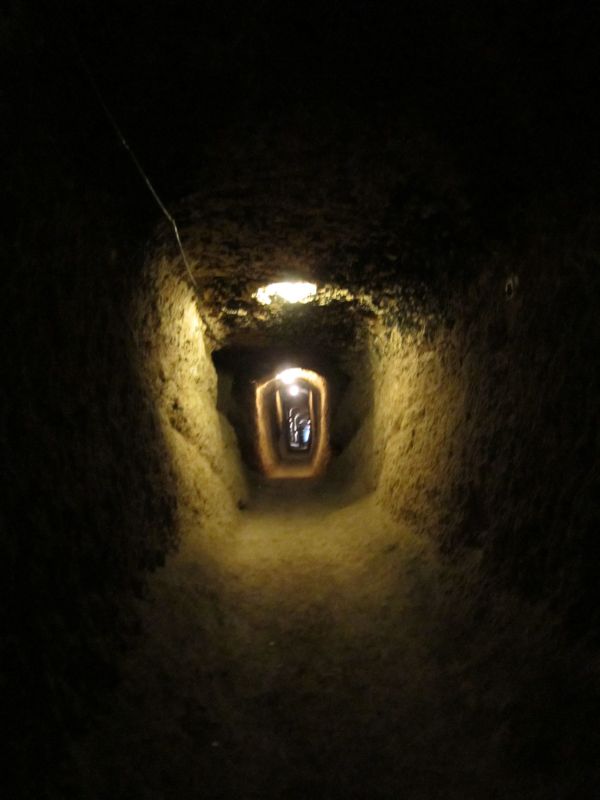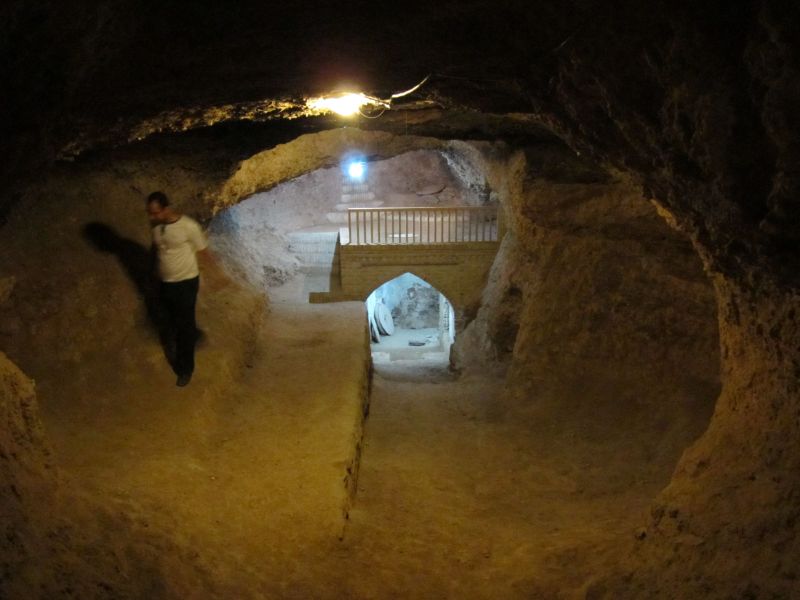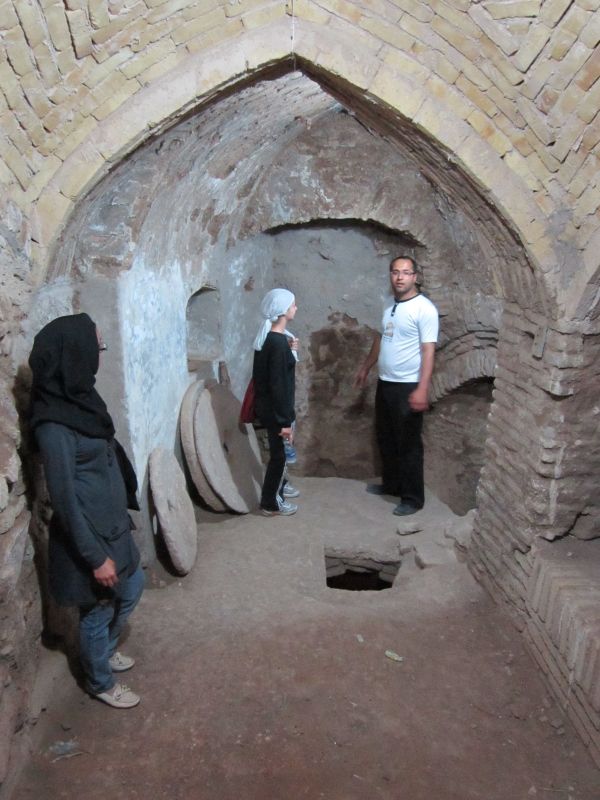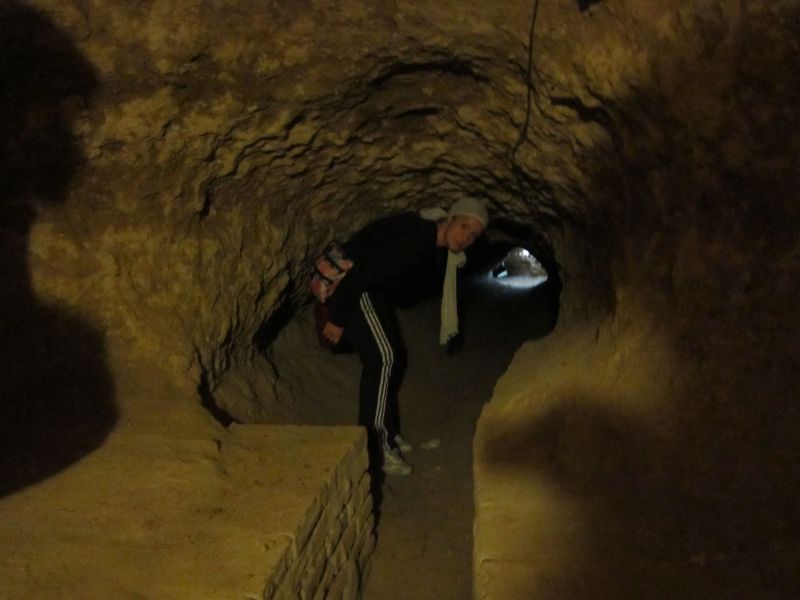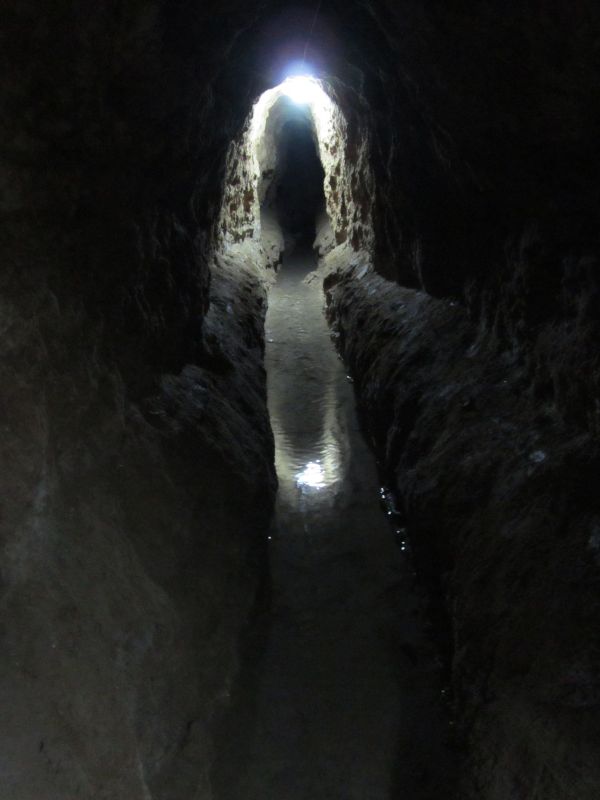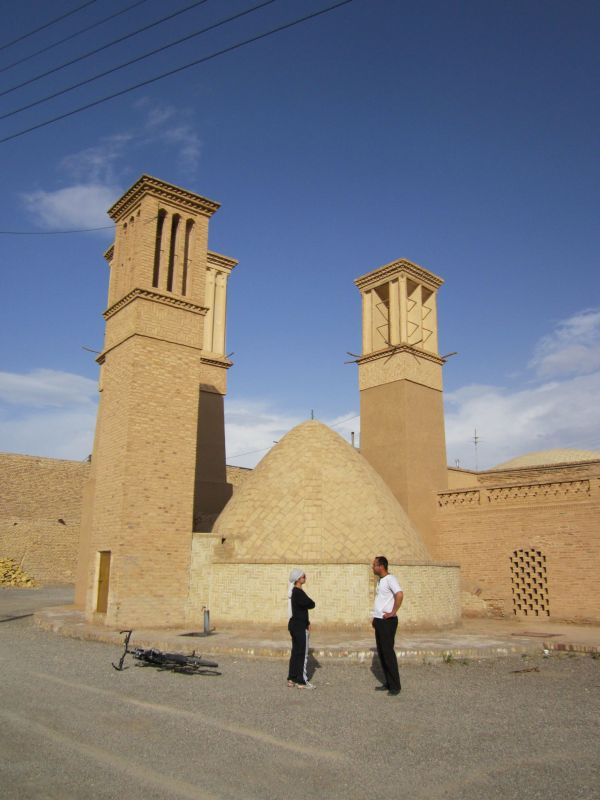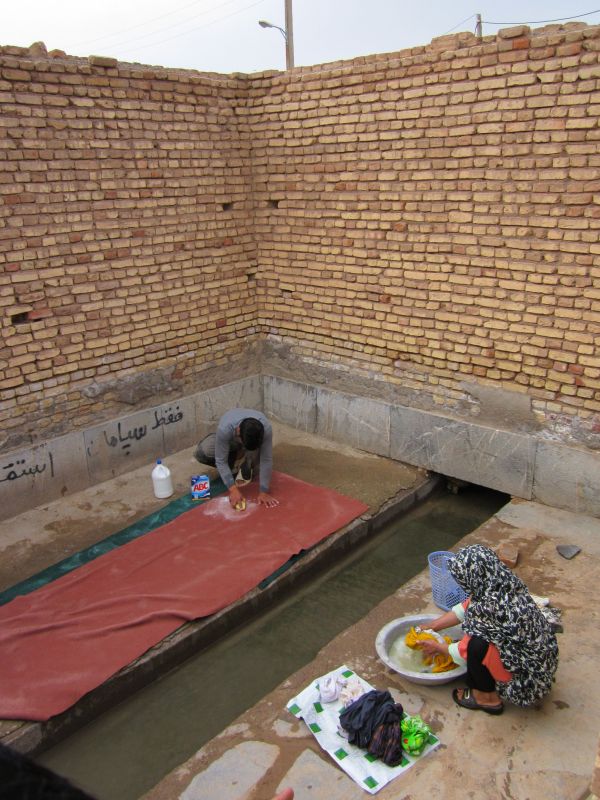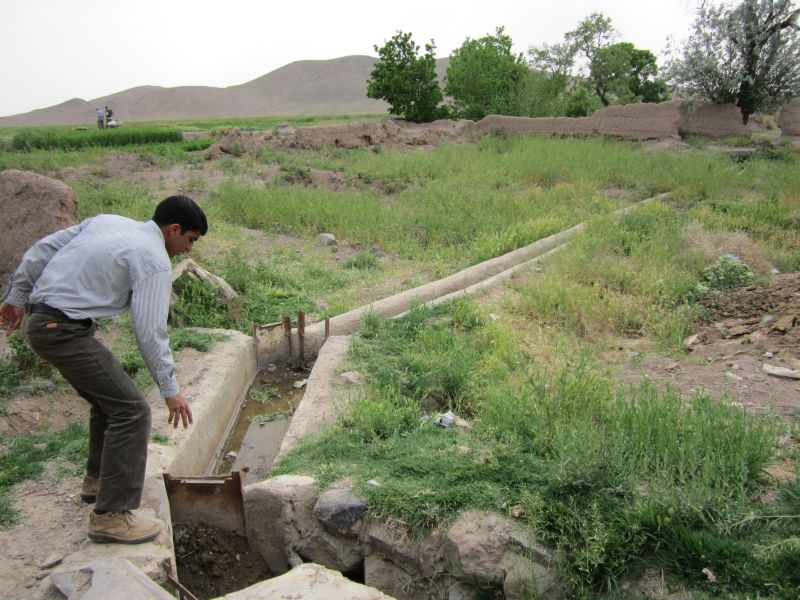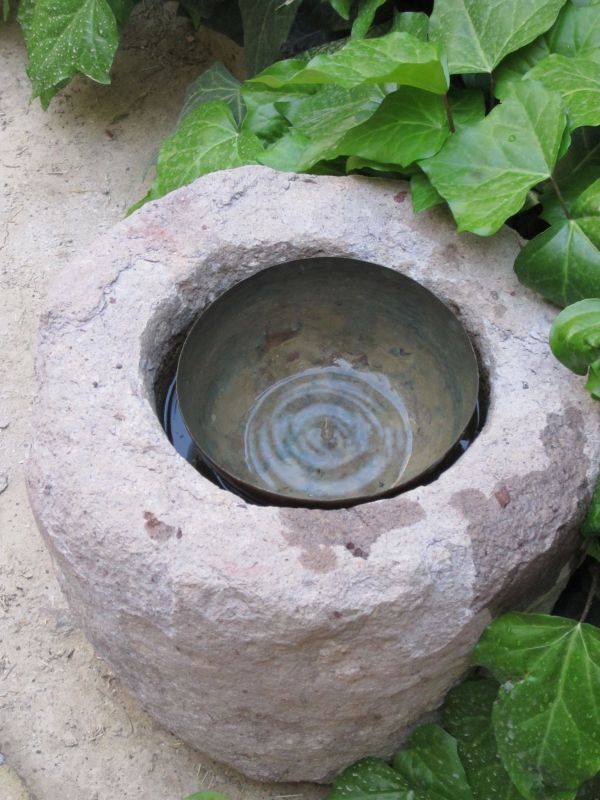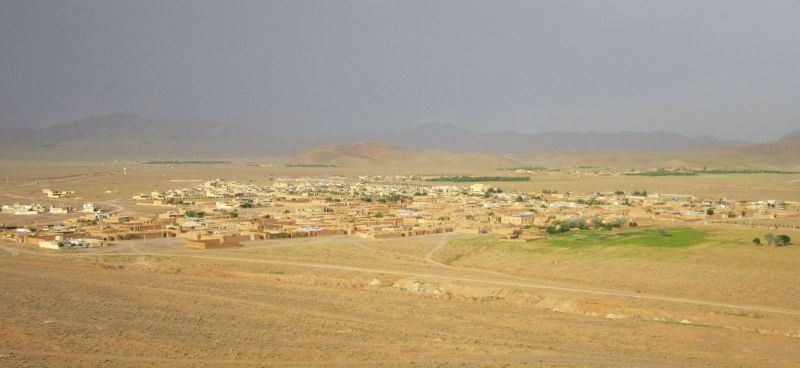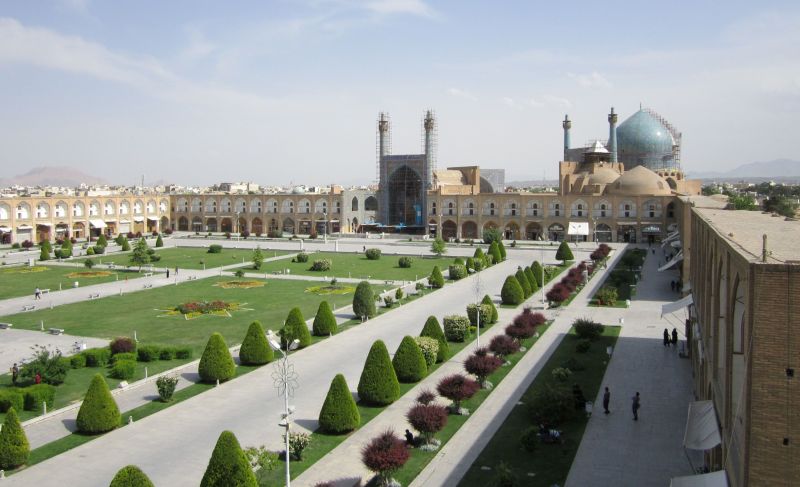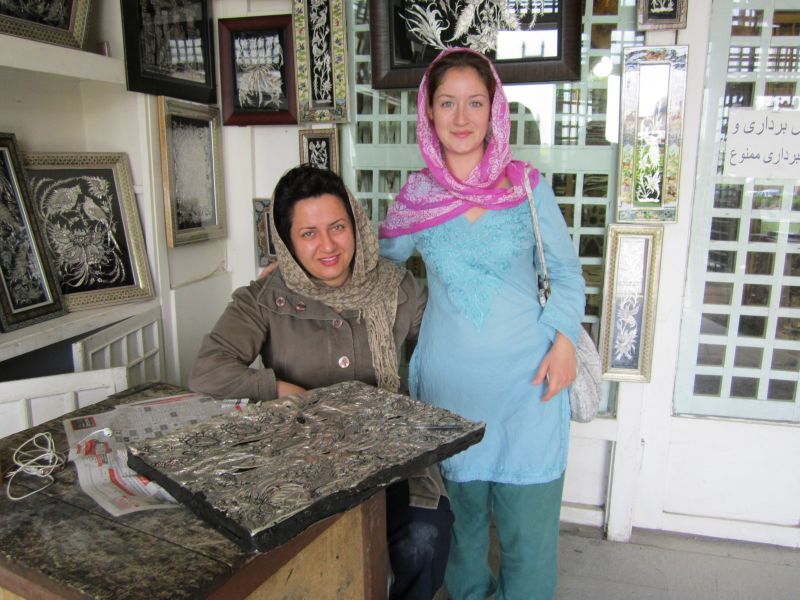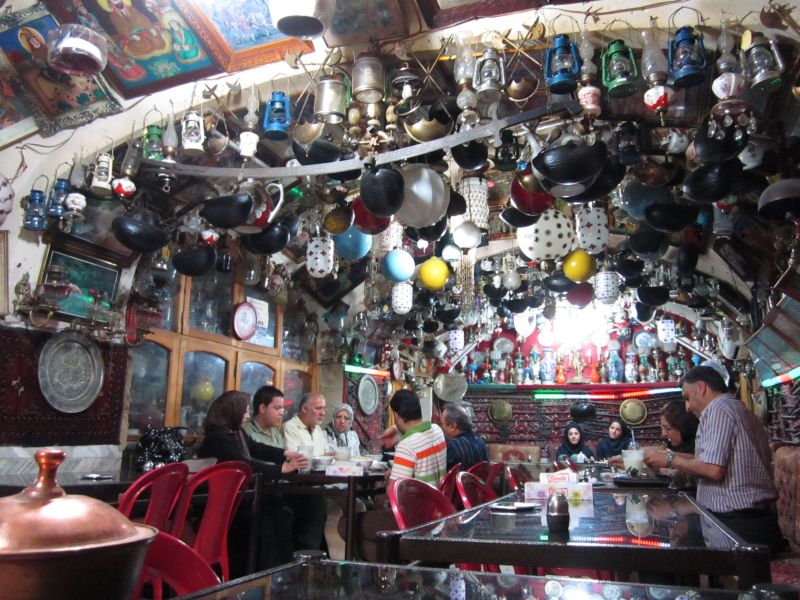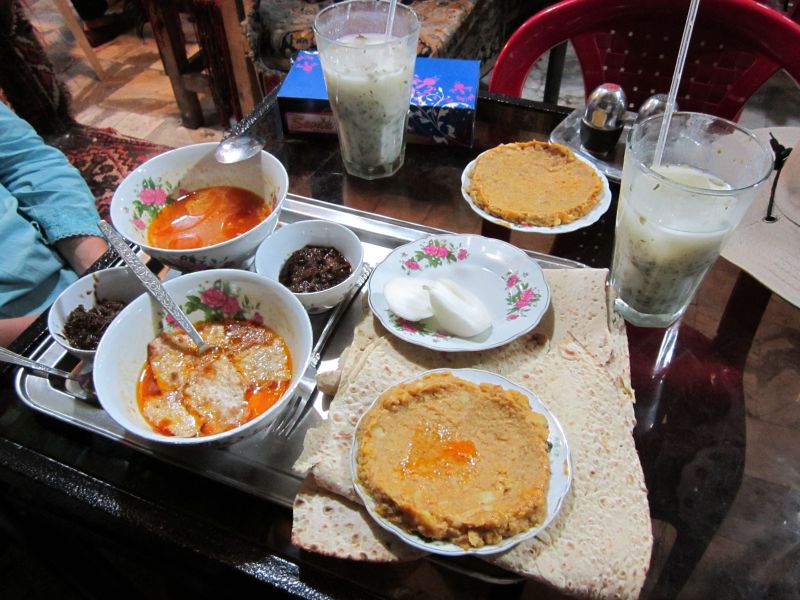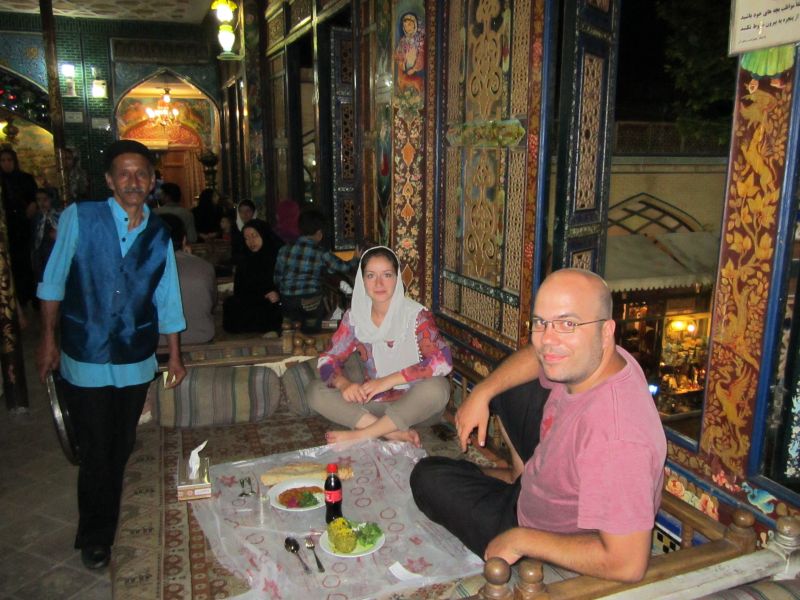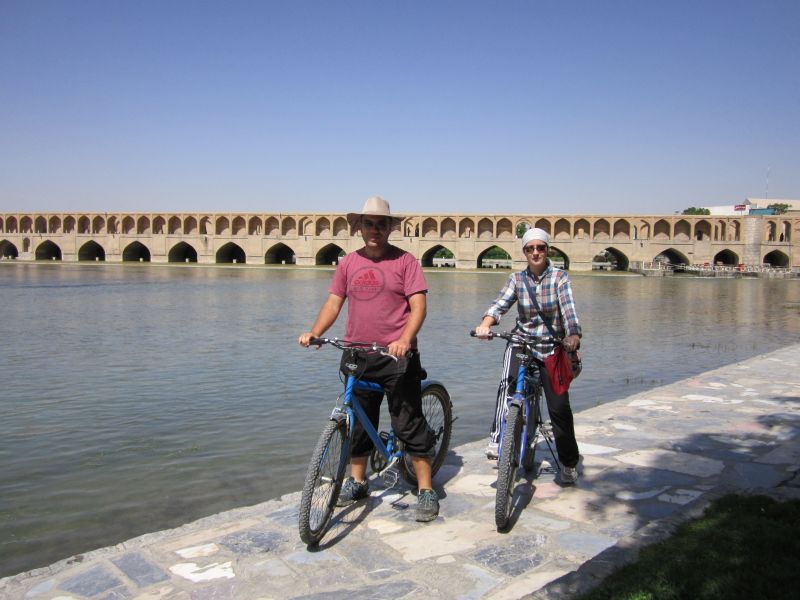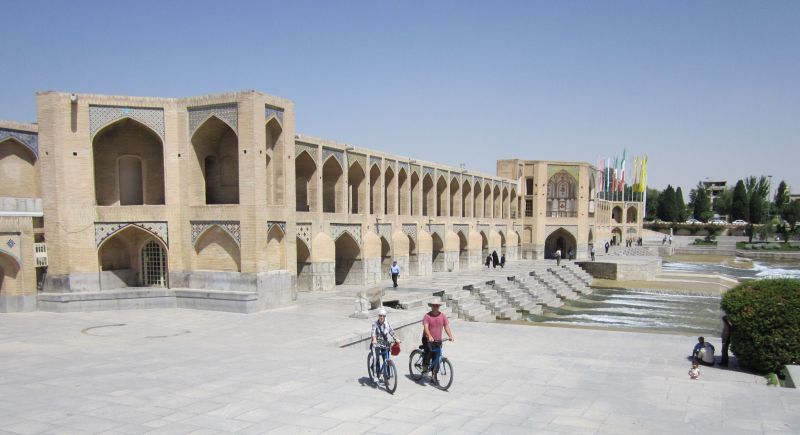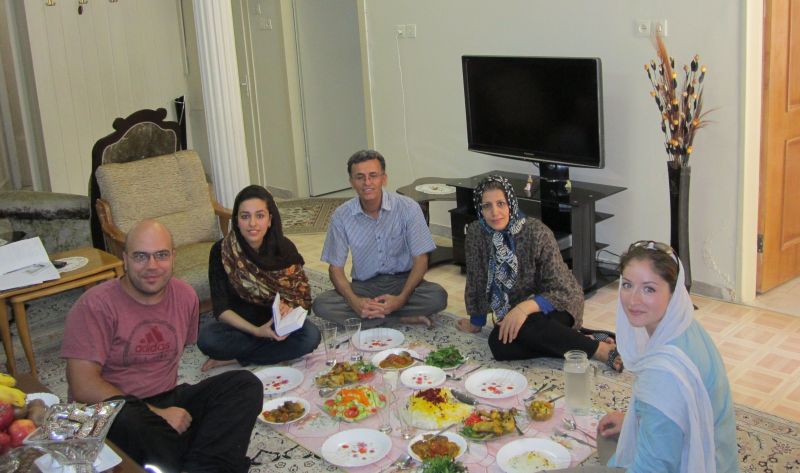The word on the street is Palomina might be in Iran on the 18th. But, as a tour guide in Peru taught us, “everything is possible but nothing is certain”. So we shall see. In the meantime, we are chilling in Toodeshk, a former camel trading post on the silk road in central Iranian desert.
Ancient water management
Na’in
| Na’in is a small town in central Iranian desert. |
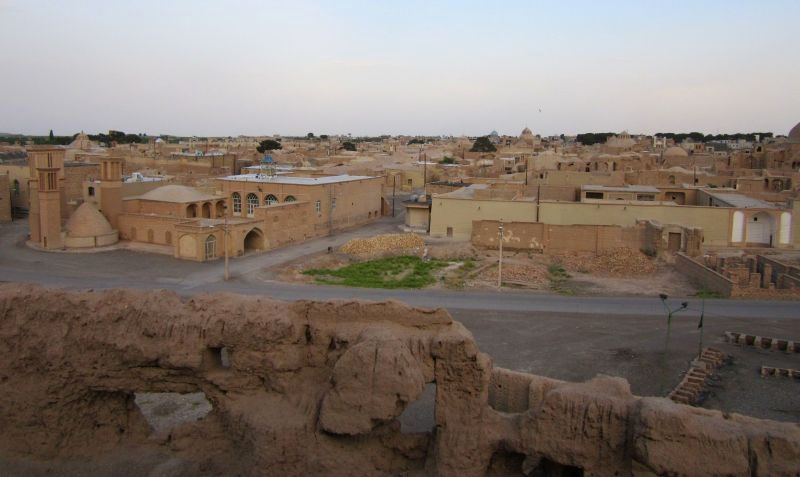  |
| With the help of tour guide and internet cafe owner Mahmood Mohammadipour (ph# +98 939 863 6090) we went on a short tour. We saw a citadel, a traditional house turned museum… |
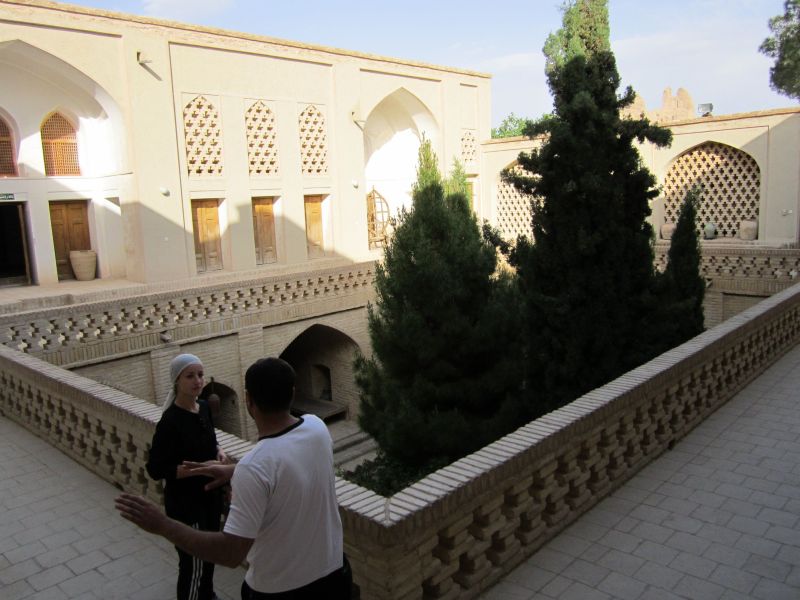 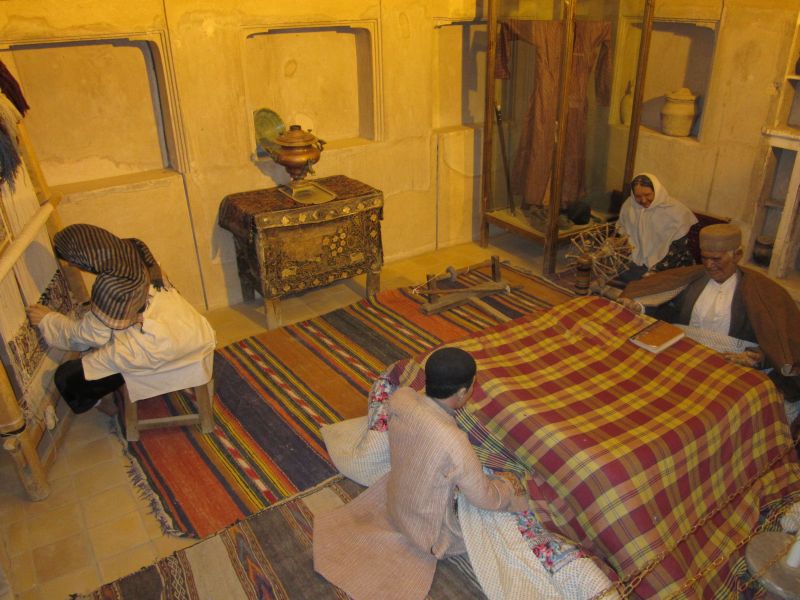 |
… Jame Mosque, one of the oldest in Iran…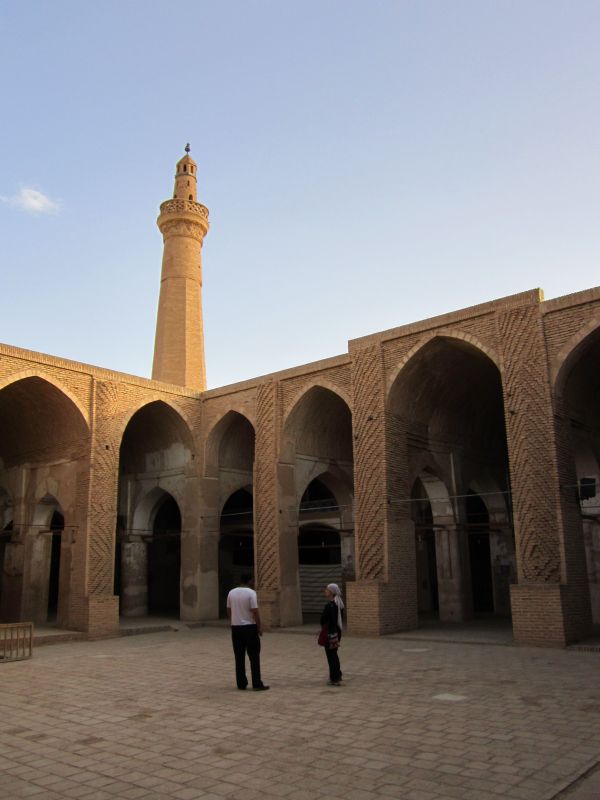 |
| … and a partially deserted side of the town. Na’in used to be a city inhabited by camel owners. With the introduction of trucks, the business of trading camels was lost. Furthermore, after the Islamic Revolution, rich people gradually abandoned their homes to blend in the working class and avoid harassment. So today many buildings are abandoned and partially collapsed. |
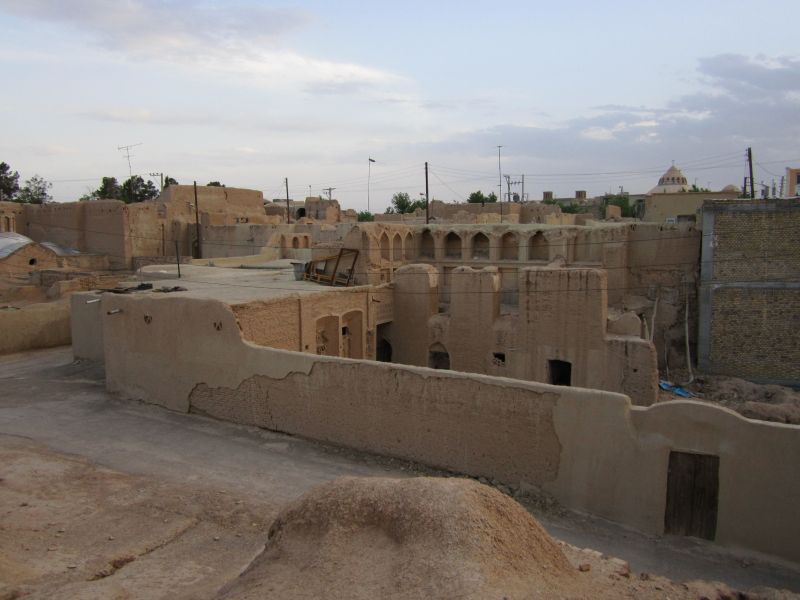 |
| With the development of modern shopping areas, the old bazaar lost it’s importance and most shop keepers left. Today only a handful of businesses remain active. |
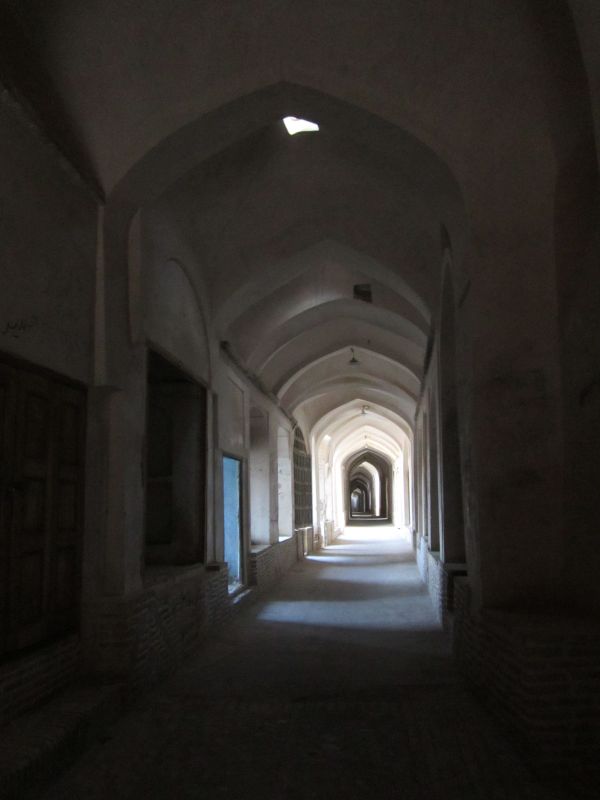 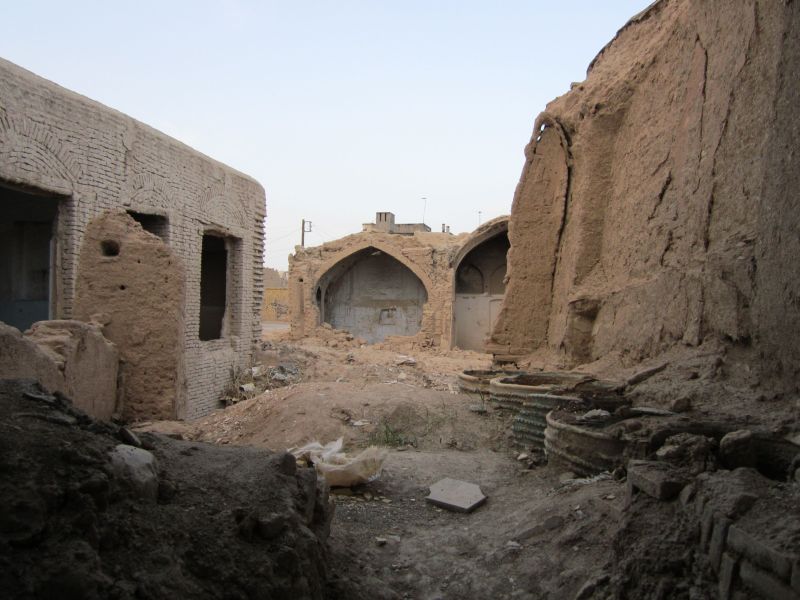 |
Esfahan 2/2
| The Chehelsotoon Palace is highly appreciated for it’s exterior architecture (wooden columns, mirror decorations, water pool etc) and wall paintings. The third picture depicts the arrival of Humayun, Mughal Emperor of India, at the Shah’s palace. |
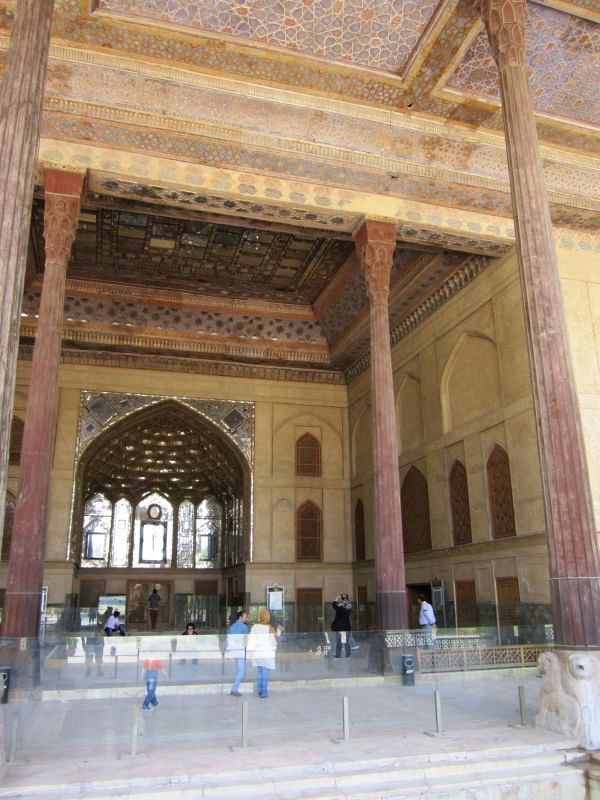  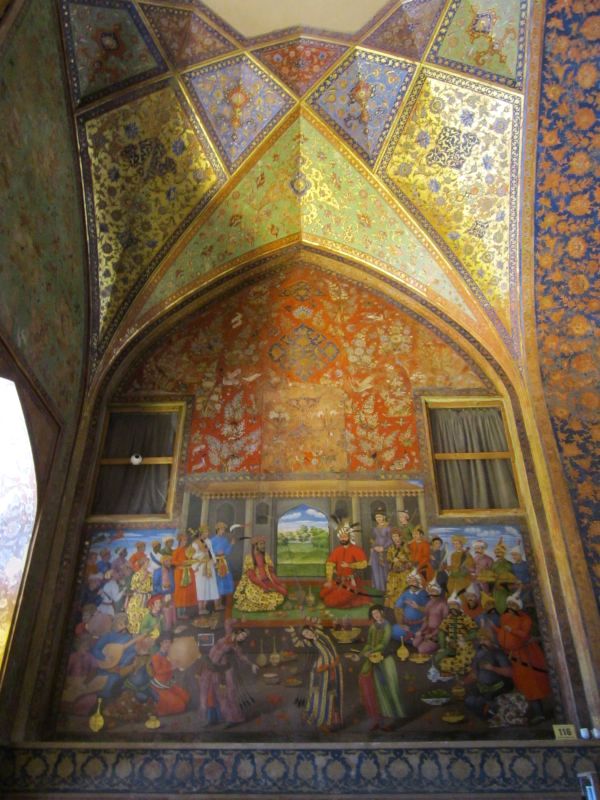 |
| Also of interest is the Decorative Arts Museum, exhibiting Persian works of painting, sculpture, calligraphy, pottery etc. |
  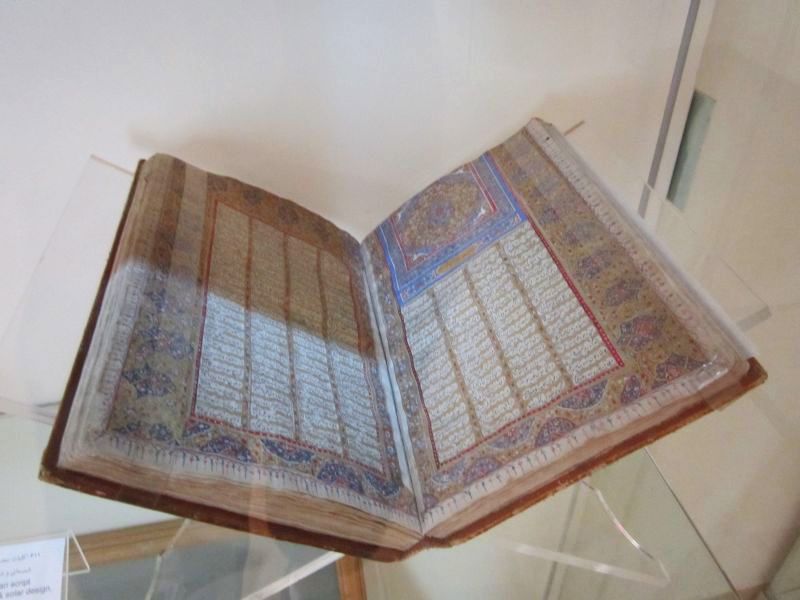 |
| There is also a public bath turned into museum, similar to the one in Shiraz but better documented. |
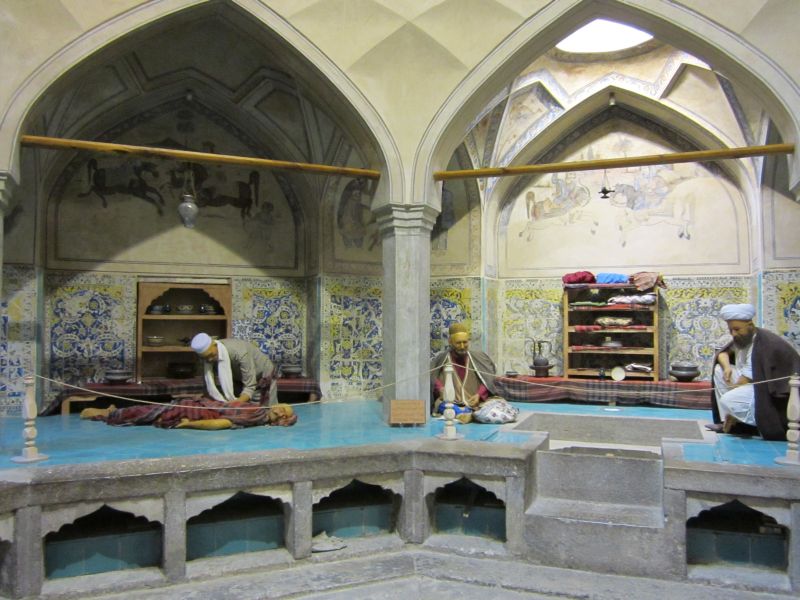 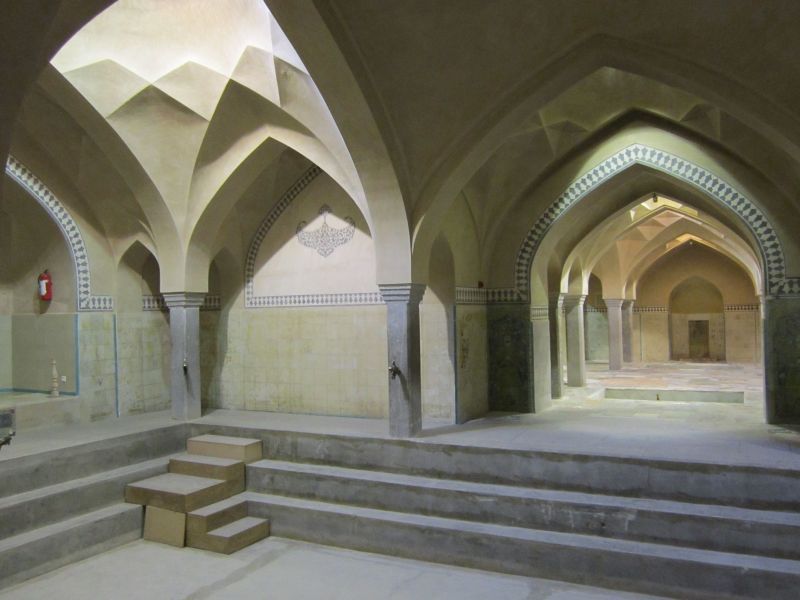 |
| And this is the most unusual sight in Esfahan, the Monar Jonban. Due to the structural characteristics, both minarets can be shaken by a person climbing inside to the top and pushing against the wall. In addition to this, shaking one minaret will send the movement to the other, causing it to shake too and all the bells attached to ring. I will post a video of this as soon as I have Youtube access. |
 |
